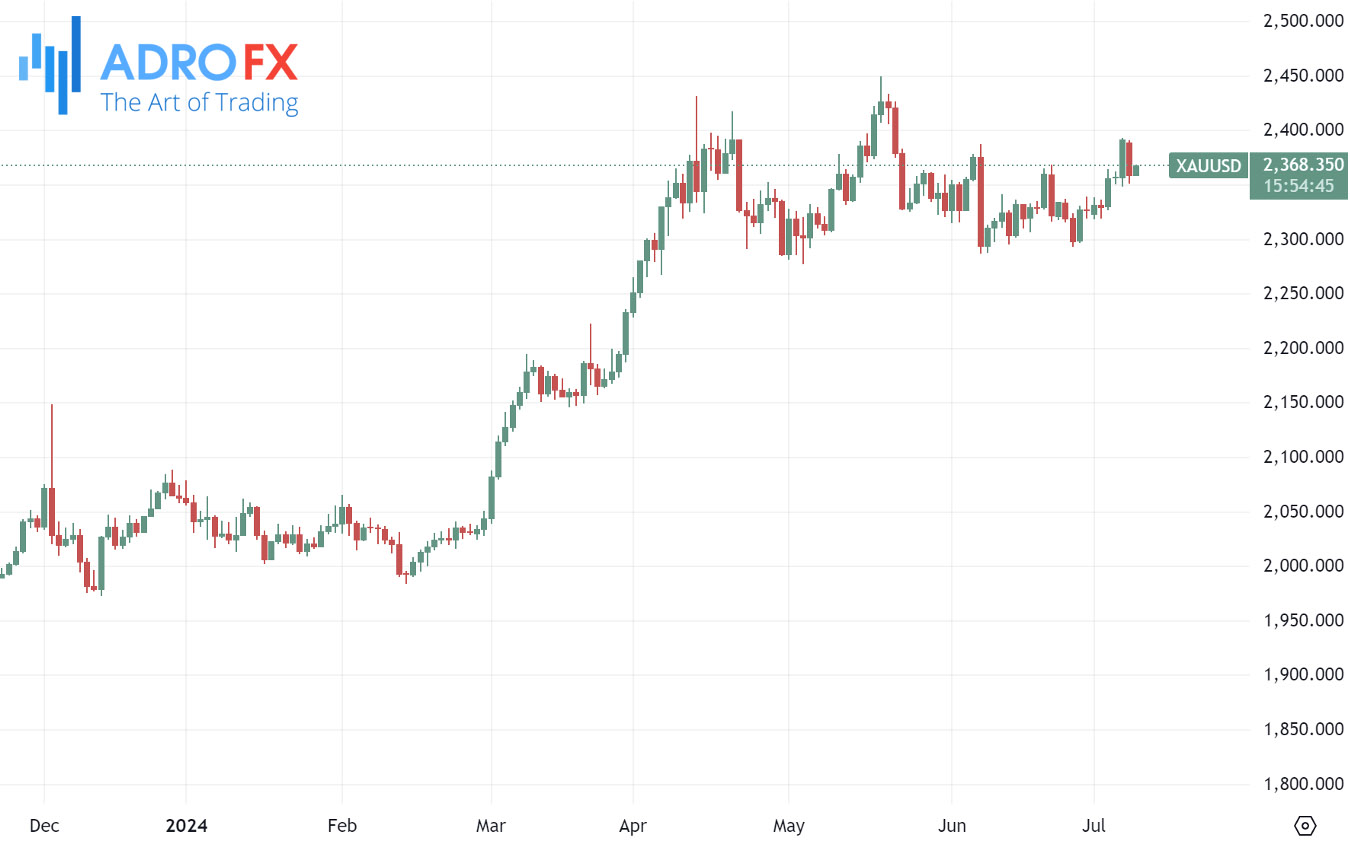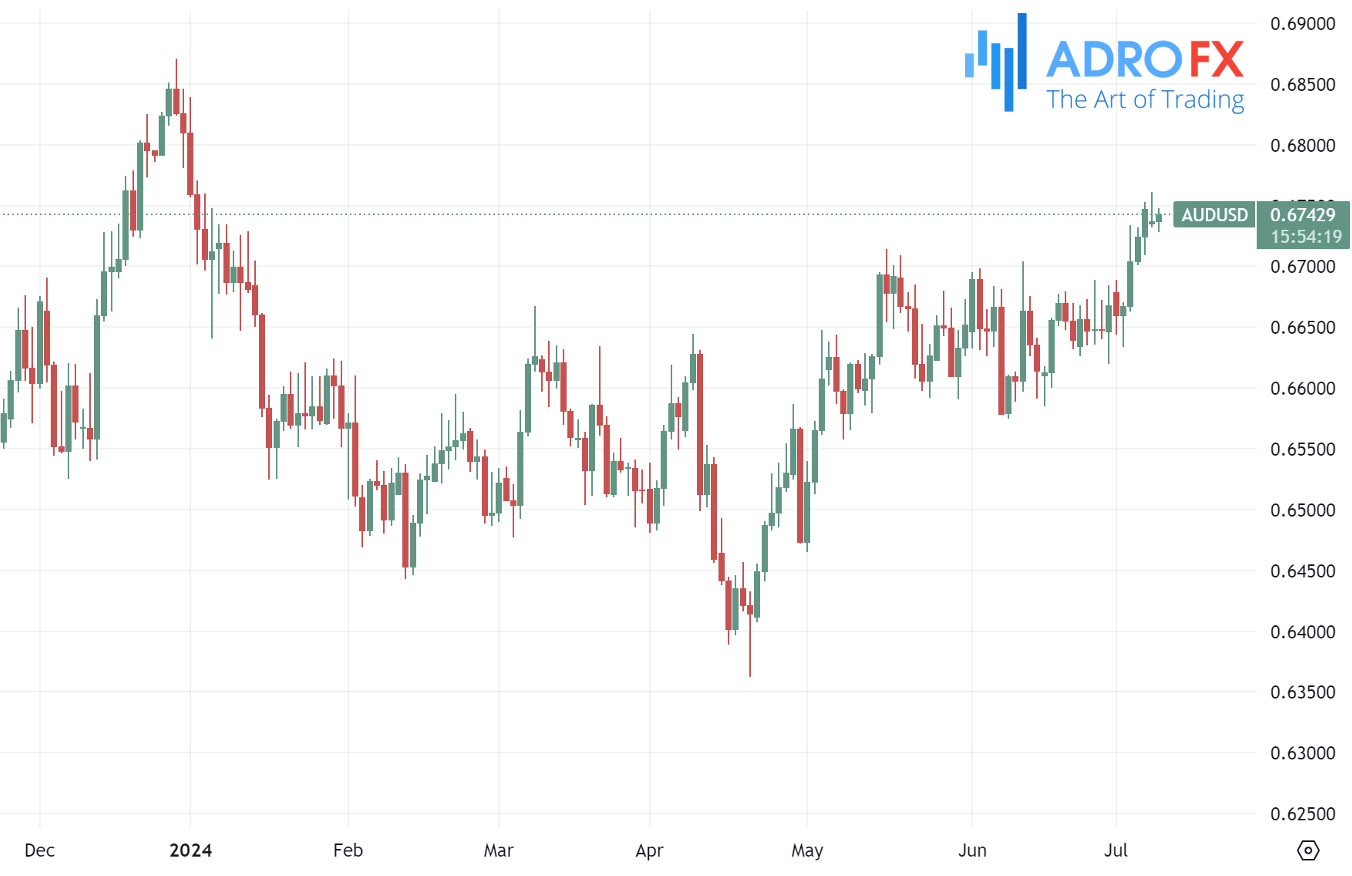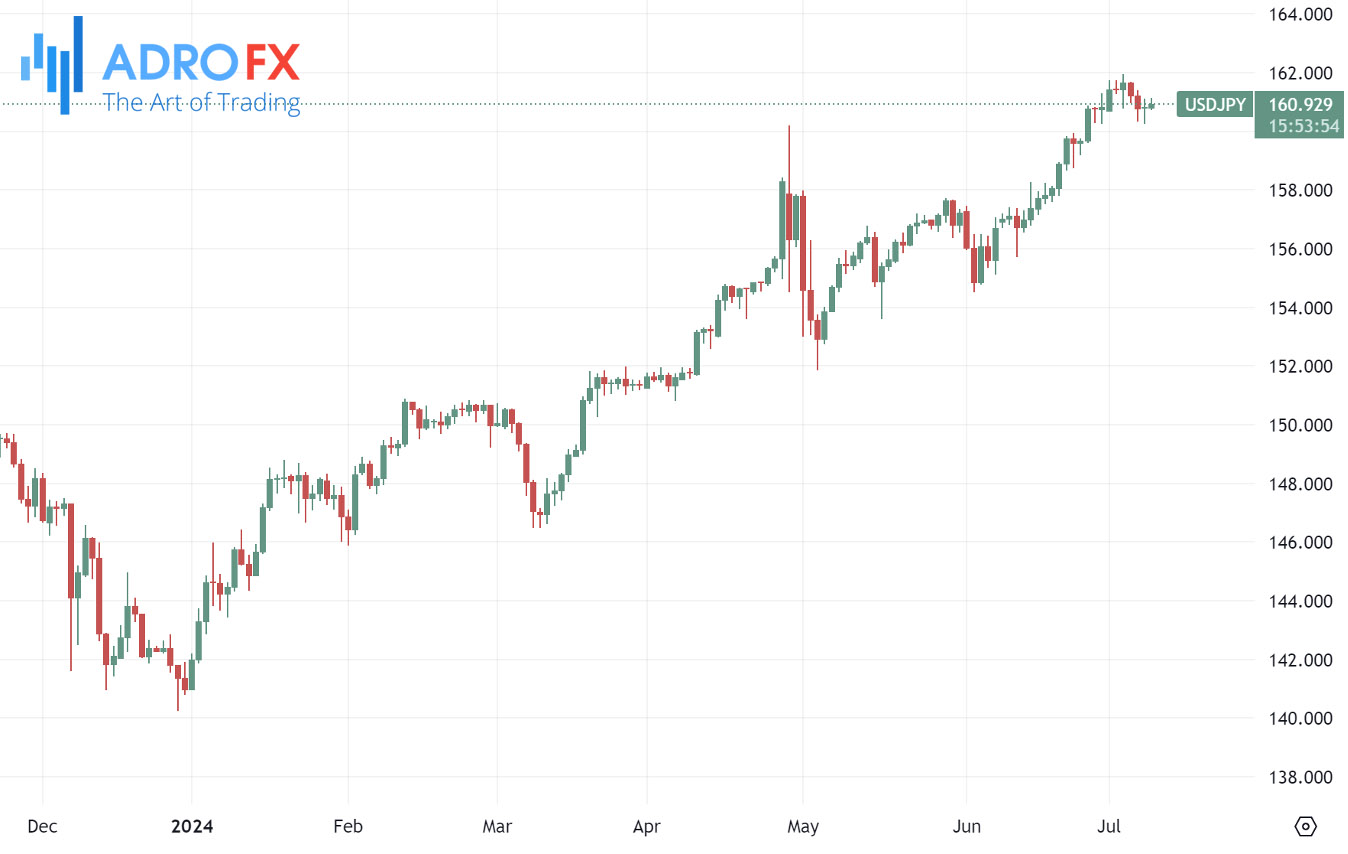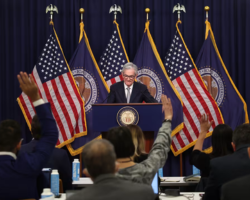S&P 500 Sets Fourth Consecutive Record High as Markets Eye Fed Testimony and Inflation Data | Daily Market Analysis

Key events:
- USA - Fed Vice Chair for Supervision Barr Speaks
- USA - Fed Chair Powell Testifies
- USA - Treasury Secretary Yellen Speaks
- USA - FOMC Member Bowman Speaks
The S&P 500 extended its record streak on Monday, closing at all-time highs for the fourth consecutive session despite cautious sentiment ahead of Federal Reserve Chair Jerome Powell's testimony to Congress and key inflation data expected this week.
The S&P 500 inched up 0.06% to a new closing record of 5,570.73, while the NASDAQ Composite rose 0.2% to a fresh closing high. The Dow Jones Industrial Average, however, dipped by 31 points, or 0.1%.

Powell is scheduled to testify before the Senate on Tuesday and the House on Wednesday, with most of his testimony anticipated to focus on monetary policy.
Last week, Powell indicated that although the Fed had made some progress in curbing inflation, policymakers were not yet confident enough to begin lowering rates. The minutes from the Fed's June meeting supported this view.
Weaker-than-expected labor data from last week increased hopes that the job market was cooling, potentially giving the Fed more reason to start cutting interest rates.
However, inflation remains a central concern for the Fed in deciding on rate cuts. The consumer price index, due on Thursday, is expected to rise by 0.1% month-over-month and 3.1% year-over-year. The core CPI is anticipated to increase by 0.2%.
Traders are now pricing in over a 72% chance of a 25 basis point cut in September, up from 57.9% last week.
Gold prices gained momentum during the early European session on Tuesday, supported by a weaker US Dollar. The precious metal's downside may be limited as traders increase their bets on a US Federal Reserve interest rate cut in September, following last week's soft US employment data. Additionally, political uncertainties in France and geopolitical tensions in the Middle East are boosting Gold's appeal as a traditional safe-haven asset.

However, Gold prices could face pressure due to the People's Bank of China's decision to refrain from purchasing Gold for the second consecutive month in June.
The Australian Dollar bounced back from recent losses, trading near its six-month peak of 0.6761 on Tuesday. This surge is linked to expectations that the Reserve Bank of Australia might delay in the global trend of rate cuts or even raise interest rates again due to robust inflation data from May.

Australia’s 10-year government bond yield held steady at around 4.4%, attracting foreign capital from investors looking for safe havens amid political uncertainties in the US and Europe. The RBA’s June meeting minutes emphasized the need for vigilance regarding inflation, indicating that a significant price increase could necessitate higher interest rates.
The Japanese Yen continued its decline for the second straight session on Tuesday, driven by a slight strengthening of the US Dollar, which supported the USD/JPY pair. However, the Yen's decline could be limited by potential intervention from Japanese authorities in the FX markets.

The Yen also faces pressure due to overseas asset purchases by Japanese individuals under the newly revamped tax-free investment scheme, the Nippon Individual Savings Account (NISA) program. According to Nikkei Asia, these purchases are expected to surpass the country's trade deficit in the first half of this year.
The NZD/USD pair traded stronger around 0.6130 on Tuesday during early Asian trading hours. The US Dollar consolidated as traders awaited Federal Reserve Chair Jerome Powell’s testimony on Tuesday, ahead of the Reserve Bank of New Zealand's interest rate decision on Wednesday.

The RBNZ is expected to keep the Official Cash Rate (OCR) unchanged at 5.50% at its July meeting, despite signs of weaker economic activity in New Zealand. Traders will be looking for more cues from the Monetary Policy Statement. A hawkish stance by the RBNZ could support the New Zealand Dollar in the near term.
Apart from rate expectations, the focus this week will be on the second-quarter earnings season, which begins with major bank earnings on Friday.
Investors will closely monitor corporate earnings to gauge their resilience amidst high interest rates and persistent inflation. JPMorgan Chase, Wells Fargo, and Citigroup are all set to report their earnings on Friday.








